Stormwater management is critical to environmental conservation and public safety in cities like Eugene, Springfield, and others throughout Lane County. Robust protection systems are essential to mitigate flooding, prevent water pollution, and preserve the health of local ecosystems. We are dedicated to providing comprehensive solutions that ensure a sustainable and healthy environment for our communities.
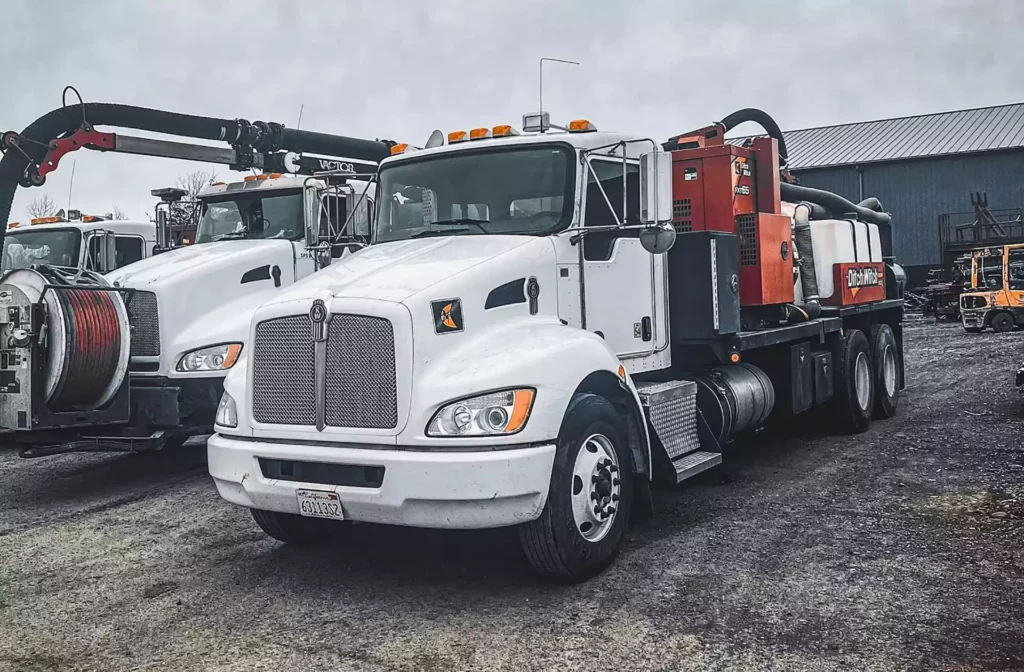
Our services are crucial in preventing flooding, mitigating water pollution, and ensuring the proper functioning of stormwater management infrastructure. Our services include a range of essential tasks to manage and maintain drainage systems.

Removes debris and sediment from the catch basins to prevent blockages and ensure proper water flow during heavy rainfall.
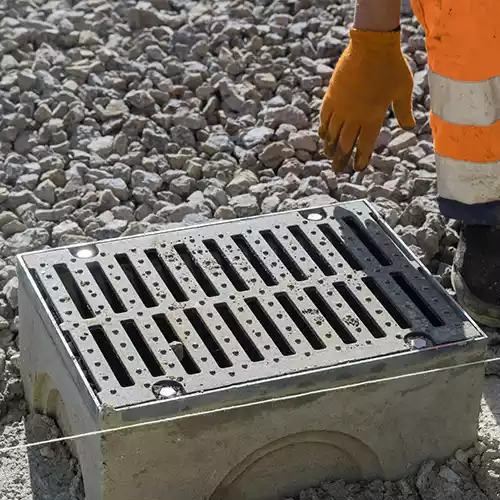
Ensures the efficient infiltration of stormwater into underground dry wells by clearing any accumulated debris.

Upholds filtration system functionality in stormwater treatment facilities.
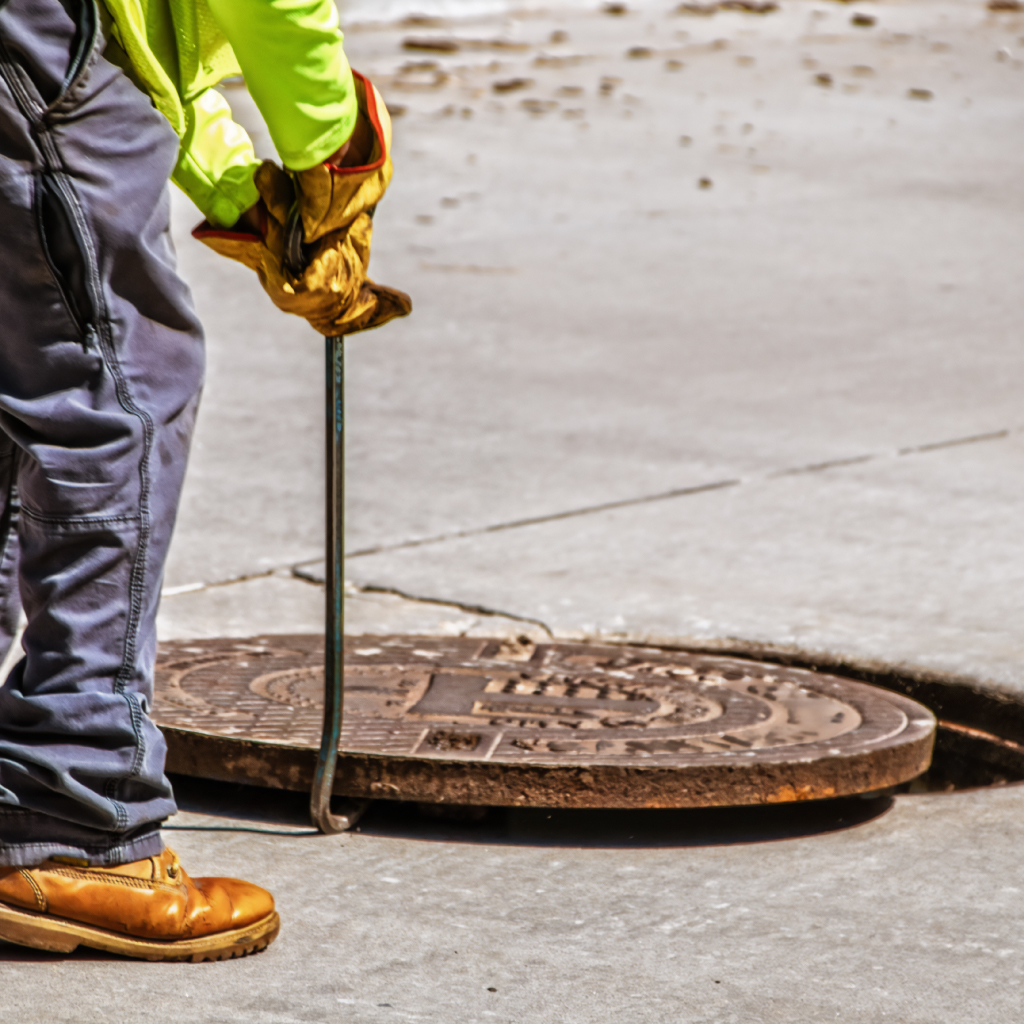
Inspect, clean, and maintain underground vaults and manholes, enabling access for maintenance and repairs.
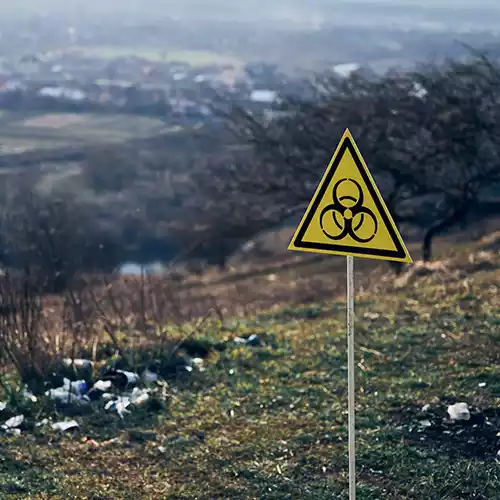
Focuses on cleaning and maintaining specialized vaults that monitor and manage stormwater quality.
Our site inspection services are integral in evaluating and ensuring the effectiveness of stormwater drainage systems and swales. During a site inspection, our professionals conduct thorough assessments of the condition and functionality of drainage infrastructure and swales to identify potential issues or areas for improvement.
These inspections include examining drainage systems’ design, layout, and construction aspects and assessing swales’ performance in managing stormwater runoff and preventing erosion. Through meticulous examination, this service identifies blockages, damages, or deficiencies in drainage systems and recommends appropriate measures for repair or enhancement.
Regular site inspections empower property owners, municipalities, and construction companies to proactively address drainage challenges, mitigate risks, and ensure compliance with regulations. Insights gathered from site inspections are invaluable for optimizing efficiency and functionality, leading to effective stormwater management and environmental protection.
Our maintenance programs are essential for ensuring the proper upkeep and longevity of various systems and facilities, particularly in the context of disposing contaminated material in accordance with management guidelines. These programs adhere strictly to guidelines established by the Environmental Protection Agency (EPA), ensuring the proper identification, handling, and disposal of hazardous or contaminated materials.
The maintenance program includes regular inspections, testing, and monitoring to identify potential contamination sources and take necessary measures for containment and disposal, ensuring compliance with environmental regulations. By prioritizing EPA guidelines, our maintenance program prevents improper disposal of hazardous materials, minimizing ecological pollution risks and ensuring legal compliance. Effective maintenance programs focusing on proper disposal contribute to sustainable practices, safeguarding human health and the environment in stormwater management initiatives.
Created By: Techurai Web Development and SEO